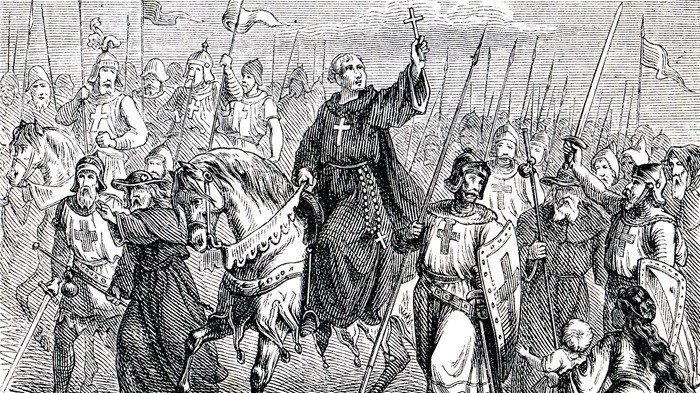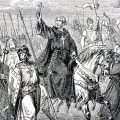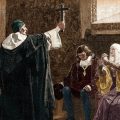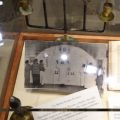
In 1918, American Indian religions were still outlawed. Federal Indian policy viewed American Indian religions as barriers to “civilizing” Indians and emphasized the importance of Christianity. Participation in traditional Indian ceremonies, such as the Sun Dance, the Sweat Lodge, and the Potlatch, was not only discouraged, but often criminalized.
While the government recognized that structures, such as churches, had special spiritual and religious meaning, the government did not view geographic locations and features, many of which had been used spiritually far longer than the United States had existed, as having any special significance and meaning. It should also be noted that many traditional Indian spiritual leaders were hesitant to talk about sacred places knowing that their ceremonial practices and beliefs were illegal.
Sacred Lands
There are many different kinds of sacred places: places where ceremonies are conducted; places where sacred plants are gathered; places which played a role in the creation of the tribe; places which serve as the resting place for the ancestors. As the tribes were restricted to reservations, many sacred places which had been used by the tribes were no longer under their control. Many of these sacred places today are on lands administered by the federal government—the Forest Service, Bureau of Land Management, National Park Service—and thus there is potential conflict between Indian sacred use and non-Indian use for recreational and economic reasons.
In 1918 in New Mexico, federal government administration of Carson National Forest, which includes Blue Lake, an area sacred to Taos Pueblo, changed. The new forest supervisor opened up the area to non-Indian cattle, cut extensive trails through the forests for tourists, and stocked the sacred lake with trout for recreational fishing.
Sun Dance
The Sun Dance, a major religious ceremony for many Plains Indian tribes, was one of the major focal points for the suppression of American Indian religions. In addition to being a pagan ceremony, the Sun Dance often involved what Christian missionaries and other non-Indians called “self-torture” or “self-mutilation.” The dancers would pierce the breast or shoulders and then be tethered to the Sun Dance poll. This piercing was a sacrifice, a personal gift in exchange for the spiritual favors or powers which were being sought.
In Idaho, the agent for the Fort Hall Reservation was criticized by the Bureau of Indian Affairs (BIA) for having allowed at least three Sun Dances among the Shoshone and Bannock of the Fort Hall Reservation. The BIA also explained that the government did not want to interfere with religious dances as long as “vicious elements do not enter.”
In Montana, the Northern Cheyenne openly performed the Sun Dance. This brought active opposition from the Mennonite missionaries who were campaigning to have the ceremony permanently banned. In her University of Montana M.A. Thesis, The Northern Cheyenne, Missionaries, and Resistance on the Tongue River Reservation 1884 through 1934, Nancy Pahr writes:
“They believed Cheyenne converts should take a stand against what they considered sinful dances.”
Religious Revival
In North Dakota, a group of young Arikara men built a dance hall at Nishu and formed the Dead Grass Society which was patterned after the Big Grass Society.
Potlatch
One of the cultural features of the Northwest Coast cultures is the potlatch. The potlatch is characterized by a series of songs, dances, and rituals, and involves giving gifts to all who attend. Christian missionaries in both Canada and the United States complained about the potlatch as a pagan ceremony and were offended by the idea of giving gifts during the ceremony. The potlatch was outlawed in both the U.S. and Canada.
In 1918, the Canadian Parliament changed the Potlatch Law to give Indian agents the judicial power to enforce the law.
Duncan Campbell Scott, Deputy Superintendent General of Indian Affairs, sent a circular to all Indian agents in British Columbia telling them that the war in Europe had put extreme pressures on the economy and therefore no wasteful practices could be allowed. Gift-giving at potlatches was wasteful, in Scott’s view, and therefore the agents were to use their powers to convict all who participated in a potlatch.




Leave a Reply